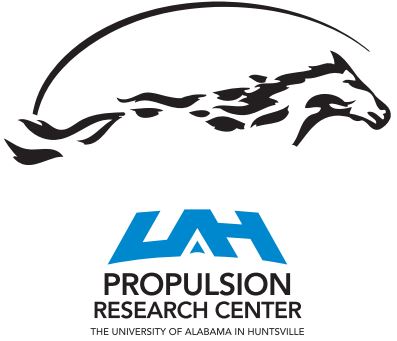Experimental study of turbulent flow heat transfer and pressure loss over surfaces with dense micro-depth dimples under viscous sublayer
Source
UAH PRC Research Database
Document Type
Article
Publication Title
International Journal of Thermal Sciences
Abstract
Presented are experimentally-measured heat transfer and pressure loss characteristics for dimpled surfaces, placed along one surface of a channel, with different ratios of dimple depth to channel height δ/H, and for Reynolds numbers ranging from 10,000 to 70,000. With the same relative dimple spacing to dimple print diameter, and the same ratio of dimple depth to dimple print diameter of δ/d = 0.20, experimental results for arrays of spherical indentation dimples with micro depths of δ = 0.6 and 1.0 mm (δ/H = 0.03 and 0.05) are compared with thermal characteristics for arrays of larger dimples with δ = 4.0 mm and δ/H = 0.20. Local surface heat transfer distributions are measured using transient liquid crystal thermography. Additional steady-state experiments are also employed to provide overall heat transfer enhancement and friction factor augmentation values. Results indicate that Nusselt number ratios and friction factor ratios of a turbulent flow in the channel are dependent upon the ratio of dimple micro depth to channel height, which are different findings from previous studies with larger-depth dimples in the cooling channels. As such, the present data for micro-depth dimples with ratios of dimple depth to channel height δ/H of 0.03 and 0.05 are firstly provided. The importance of a critical Reynolds number is demonstrated by the results, which is determined when the ratio of viscous sublayer layer thickness to the dimple depth is equal to unity, and has been ignored in the previous dimpled channel heat transfer design. Nusselt number enhancements for the micro dimples are generally lower at lower Reynolds numbers, but increase as the Reynolds number becomes larger and approaches the critical Reynolds number. Nusselt number enhancements are then approximately invariant with Reynolds number, when Reynolds number then exceeds the critical value.
DOI
https://doi.org/10.1016/j.ijthermalsci.2022.107581
Publication Date
2-28-2022
Recommended Citation
Zhang, Peng; Rao, Yu; and Ligrani, Phillip M., "Experimental study of turbulent flow heat transfer and pressure loss over surfaces with dense micro-depth dimples under viscous sublayer" (2022). PRC-Affiliated Research. 23.
https://louis.uah.edu/prc-research/23


